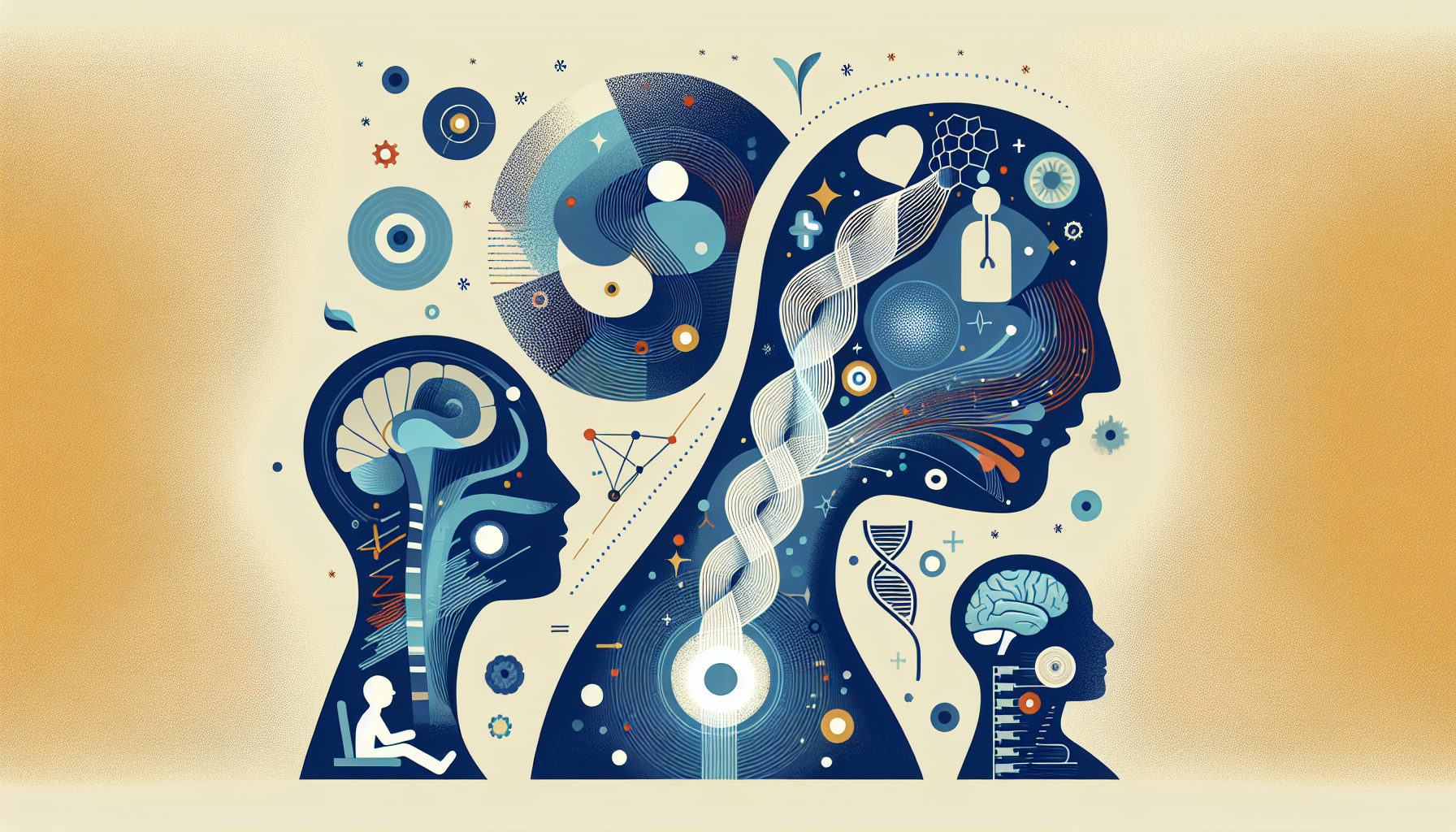Tirzepatide for Sleep Apnea - Can It Help?
Understanding Sleep Apnea and Its ChallengesSleep apnea is a common yet serious sleep disorder characterized by repeated interruptions in breathing during sleep. These pauses [...]
Read More
Medically reviewed by Abhijit Bhattacharyya | MD, PhD, MBA, Tufts University School of Medicine - Miami, Florida on December 8th, 2023.
Torticollis, also known as wryneck or loxia, is a condition that affects the neck muscles, causing the head to tilt to one side. It can occur in infants, children, and adults, and the causes and symptoms may vary depending on the age group. In this article, we'll explore the different types of torticollis, their causes, symptoms, and treatment options.
There are two main types of torticollis:
Congenital muscular torticollis: This is the most common type, and it's present at birth. It's usually painless and caused by factors such as the baby's position in the womb or the use of forceps or vacuum devices during delivery.
Acquired torticollis: This type develops after birth and can be linked to other medical issues. It may be painful and can affect both children and adults.
The causes of torticollis can vary depending on the type and age group. Some possible causes include:
Abnormal development or tightening of the sternocleidomastoid (SCM) muscle
Klippel-Feil syndrome, a rare birth defect that causes vertebrae in the neck to fuse
Hematoma or fibrosis in the neck muscles
Swelling in the throat due to infection, injury, or unknown causes
Vision problems or gastroesophageal reflux disease (GERD)
Reactions to certain medications
Arthritis in the neck or other underlying conditions
The symptoms of torticollis may not be noticeable in infants until they gain more control of their head and neck, usually around 6-8 weeks of age. Some common symptoms in infants include:
Head tilting to one side with the chin pointed to the opposite shoulder
Difficulty turning the head side to side or up and down
A soft lump in the neck muscle
Preference for looking over one shoulder or feeding on one side
Flat head on one or both sides (positional plagiocephaly)
Uneven shoulder height or facial features
In adults, symptoms of torticollis may include:
Neck pain, stiffness, or muscle spasms
Headaches or burning sensations in the shoulders, neck, or back
Tilting or turning of the head to one side
Tremors or twitching in the neck muscles

If you suspect your baby has torticollis, it's essential to consult with your doctor for an examination. They may order imaging scans or blood tests to rule out other conditions. In adults, a physical exam and assessment of symptoms are usually sufficient for diagnosis, unless there are concerns about spinal cord compression or nerve damage.
Without proper treatment, torticollis can lead to complications such as:
Delays in motor skill development
Facial deformities or flat head syndrome
Balance and vision problems
Emotional issues or disability that interferes with daily life
Treatment for torticollis depends on the type and underlying cause. In most cases, congenital torticollis can be treated with stretching exercises and positioning changes that parents can perform at home. These exercises help lengthen the tighter muscle and strengthen the opposite side. Physical therapy may also be recommended.
For acquired torticollis, treatment may include:
Medications to relieve pain and muscle spasms
Botox injections or trigger point injections
Braces or other devices to keep the neck in place
Surgery, in rare cases, to lengthen the SCM muscle or correct vertebral dislocations
Home remedies such as stretching, hot and cold therapy, and stress reduction techniques may also help alleviate symptoms in adults.
While it may not be possible to completely prevent torticollis, early intervention is key to avoiding complications. For infants, this means sticking to the prescribed treatment plan and attending regular check-ups with the doctor. Adults can reduce their risk by avoiding neck injuries, practicing good posture, and performing stretching exercises regularly.
In most cases, torticollis is not a serious condition and responds well to treatment. However, it's important to seek medical help if you or your child experience symptoms that may indicate a more serious underlying issue, such as:
Sudden, high fever and chills
Severe headache or neck stiffness
Confusion or trouble concentrating
A skin rash
These symptoms may be signs of meningitis, a potentially life-threatening condition that requires immediate medical attention.
Torticollis is a relatively common condition that affects the neck muscles, causing the head to tilt to one side. While it can be concerning for parents and individuals experiencing symptoms, prompt diagnosis and treatment can help prevent long-term complications. By understanding the causes, symptoms, and treatment options for torticollis, you can work with your healthcare provider to develop an effective management plan and ensure the best possible outcomes.
Understanding Sleep Apnea and Its ChallengesSleep apnea is a common yet serious sleep disorder characterized by repeated interruptions in breathing during sleep. These pauses [...]
Read MoreHeart attacks are often perceived as a predominantly male health issue, but the reality is that heart disease is the leading cause of death for women worldwide. Recognizing [...]
Read MoreTelehealth has transformed the way patients access healthcare, offering convenience, speed, and accessibility that traditional in-person visits often cannot match. With the [...]
Read More